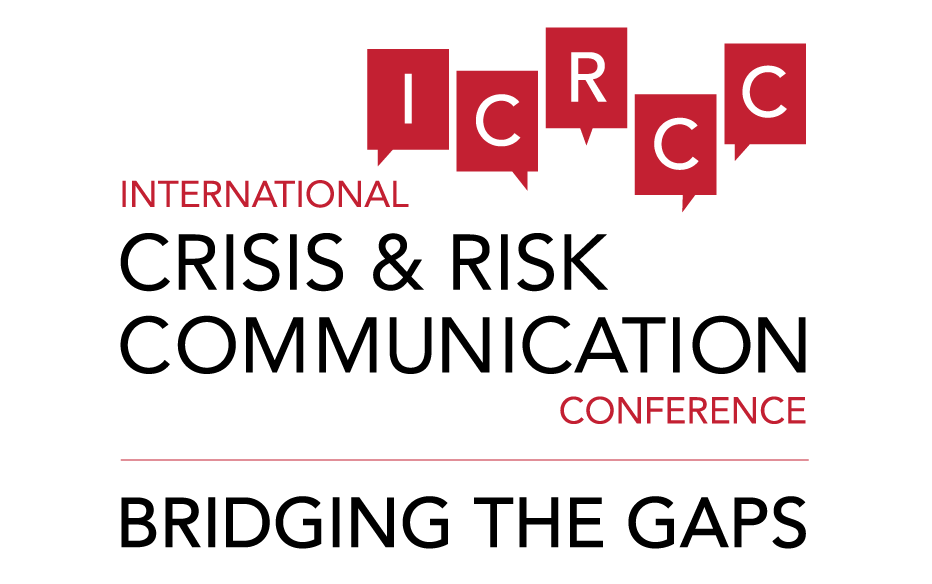
Cross-Program Risk Communication Coordinator
NASA/Caltech Jet Propulsion Laboratory
United States
Douglas Isbell is the Cross-Program Risk Communication Coordinator for the NASA/Caltech Jet Propulsion Laboratory in Pasadena, CA, where he works on communication issues related to missions that would carry nuclear power systems or visit places in the solar system that may have the conditions for life to exist—now or in the past—as well as issues related to the growing public awareness of the global hazard from near-Earth objects that could impact our planet.
Doug has more 25 years of diverse experience in aerospace communications. His duties have ranged from serving on the first weekly staff of journalists at Space News newspaper, to being a NASA public affairs officer for space science and Earth science during Mars Pathfinder landing and the launch of Cassini to Saturn, to managing a world-class astronomy education and public outreach group at the National Optical Astronomy Observatory in Tucson, AZ, where he dealt with emergency issues such as wildfires threatening Kitt Peak National Observatory. Doug earned a B.S. in astronautical engineering and a Master’s Degree in journalism, both from the University of Illinois Urbana-Champaign.
2015
The Power to Explore:Risk Communication and the Launch of Missions
Using Space Nuclear Power
Doug Isbell – NASA/JPL/Caltech
Lisa Malone – NASA/KSC/UCF
Two-dozen NASA science missions over the past five decades and counting have used Radioisotope Power Systems (RPS) to provide their electricity, using the heat from the natural decay of plutonium dioxide. RPS are rugged, highly dependable sources of power and heat, used by NASA when they would enable or significantly enhance the ability of a spacecraft to meet the mission’s science or technology goals. Before such a mission can be launched, each must undergo public review and comment under the National Environmental Policy Act and, ultimately, each must receive launch approval from the Office of the President.
After public concern about such launches grew more vocal in the 1990s, NASA has increasingly applied the principles and techniques of risk communication to establish a dialogue with the public about the need for RPS, their safety features, the environmental impacts of a potential accident, and the in-depth contingency planning that occurs before and during every such launch. Informed by the most recent launch of an RPS on the Curiosity Mars rover in November 2011, this interactive discussion will summarize the lessons learned, and look ahead to where tools such as social media will take this topic.
Risk Communication and Near-Earth Objects:
Ramping Up to Meet a Global Impact Hazard
Doug Isbell – NASA/JPL/Caltech
More than 100 tons of dusty debris from asteroids and comets impacts the upper atmosphere of Earth each day; space rocks about one meter in diameter hit every other week. Meteorites larger than about 50 meters in diameter have the potential to cause serious damage, starting at local and regional scales on upward to global effects. Sky surveys supported by NASA and other space agencies have found over 96 percent of the most dangerous objects (> one-kilometer in diameter), but the smaller ones remain challenging to detect, and an unknown “near-Earth object” (NEO) could impact our planet at any time.
In association with the United Nations, an International Asteroid Warning Network (IAWN) is taking shape, which aims to use the principles of risk communications to build a reliable, global strategic communications system to educate and inform the public about the general NEO hazard, and the statistical prospects for future impacts from all known objects.


